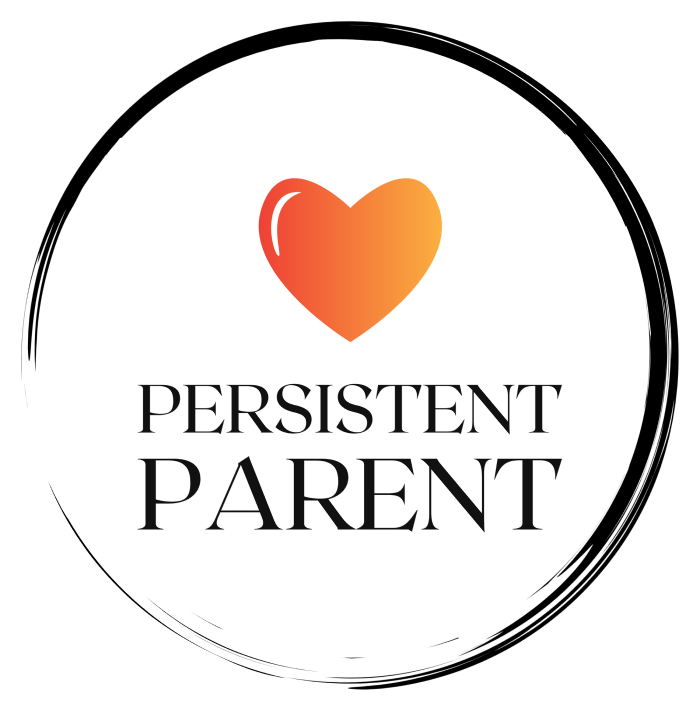Welcome to Persistent Parent, your go-to resource for parenting tips and educational activities for children! This week, we are proud to present you with an exciting collection of free printable kids’ activity sheets that we designed to entertain, engage, and educate your little ones. With these worksheets, we aim to provide a valuable resource for parents and caregivers who are seeking fun and interactive ways to enhance their child’s learning experience. All of the sheets today are appropriate for 3-6 year olds, depending on individual skill levels.
At Persistent Parent, we understand the importance of keeping children actively involved in stimulating activities that promote their cognitive development. That’s why we have carefully curated a set of seven captivating activity sheets that cover a wide range of essential skills for kindergartners, preschoolers and toddlers. From pattern recognition and color matching to coloring, tracing, counting, same & different recognition, and sight word work, these worksheets offer a diverse range of educational opportunities.
Best of all, these activity sheets are absolutely free! We believe in making educational resources accessible to all families, and we are delighted to share these engaging materials with you. Simply download the worksheets directly to your computer and print them out for your child to enjoy.
If you’d like to download all seven of the activity sheets today, just click the pdf below or if you’d rather print individual pages, download the pdf under each image of the sheet.
Each activity sheet is meticulously designed to be both entertaining and educational. We believe that learning should be an enjoyable experience for children, and our worksheets are crafted with that principle in mind. By incorporating colorful visuals, engaging exercises, and interactive elements, we strive to make learning a delightful journey for your child.
Count the waffles and practice writing your number 8!

We’re covering the sight word “what” with this worksheet:

If you’re interested in finding some free educational computer games for your children, check out Turtlediary.com.
Turtle Diary has tons of free games for kids from pre-school all the way through 5th grade in many subjects like math, science, geography, language, and more!
For more color matching fun for toddlers and preschoolers, watch this 2 minute color matching video:
Letter Recognition Practice
Children typically begin to recognize and identify specific letters of the alphabet mixed in with other letters around the age of 4 to 5 years old. This is an important milestone in their literacy development. However, it’s important to note that the exact age at which children achieve this skill can vary.
As children progress through their early years, they become more familiar with the shapes, names, and sounds of letters. This familiarity, coupled with exposure to print materials and letter recognition activities, supports their ability to identify specific letters within a group or image.
To help children develop this skill, you can engage them in activities like:
| Activity | Explanation |
|---|---|
| Letter hunts | Look for a specific letter in books, signs, or other written materials. It’s like going on a letter treasure hunt! |
| Alphabet puzzles | Solve puzzles with letter pieces. Find the right spot for each letter to complete the puzzle and practice recognition. |
| Letter matching games | Play games where you find and match the same letter among a bunch of other letters. It’s like finding hidden twins! |
| Alphabet books and flashcards | Read alphabet books or use flashcards to see and identify different letters. Let’s explore letters in a fun way! |
| Letter recognition activities | Get hands-on with activities like letter magnets, tracing letters, or playing with letter-shaped blocks. Let’s get creative with letters! |
Find each letter “O” below and color them in!

Not only are these activity sheets a great way to reinforce important concepts, but they also encourage creativity, problem-solving, and critical thinking skills. Whether your child is just starting their educational journey or looking for a fun challenge, our printable worksheets provide an excellent platform for growth and development.
Same and Different
This skill is known as comparing and contrasting. Children typically begin to develop this ability around the age of 3 to 4 years old, although it can vary from child to child.
Here are some strategies you can use to help teach your child to identify similarities and differences:
| Strategy | Description |
|---|---|
| Point out similarities | Show your child a group of objects and talk about what makes them similar. |
| Highlight differences | Draw attention to the ways objects differ, such as in color, shape, or size. |
| Play “Spot the Difference” games | Engage in activities where your child looks for subtle variations between pictures or objects. |
| Sorting and categorizing | Encourage your child to sort objects based on their similarities or differences. |
| Compare everyday objects | Have fun comparing things you encounter daily, like different fruits or animals at the zoo. |
| Use visual aids | Make use of charts, pictures, or flashcards to visually support comparisons and contrasts. |
Remember to adapt these strategies to suit your child’s individual needs and interests. The goal is to make learning enjoyable and accessible while helping them develop the skill of identifying similarities and differences.
Can you find which breakfast treat in each row is different from the others?

